Choosing the best attachment for a excavadora compacta is not so simple. Several available attachments aid in finishing the task with a thorough understanding of the job circumstances and what is required. The best attachments for compact excavators depend on the tasks that must be accomplished. However, here are some commonly used attachments for compact excavators.
Tabla de contenido
PalancaChoosing the best attachments for compact excavators
Trenching Bucket
A trenching bucket is a type of bucket attachment used with a excavadora compacta to dig narrow, deep trenches in soil, typically for installing utilities such as water, gas, or electrical lines. Trenching buckets are designed to dig narrow and precise trenches with straight vertical walls and flat bottoms. They come in various widths, depths, and shapes to fit different types of soil and job requirements.
Trenching buckets have a longer and narrower profile than standard digging buckets, with a curved or pointed cutting edge that makes it easier to penetrate the soil. Some models also have teeth or shanks at the bottom to help break up hard or rocky soil.
When using a trenching bucket, the operator will make repeated passes over the same trench to reach the desired depth rather than dig the trench’s full depth in a single pass. The technique allows for greater accuracy and control, preventing the bucket from overloading.
Hydraulic Thumb
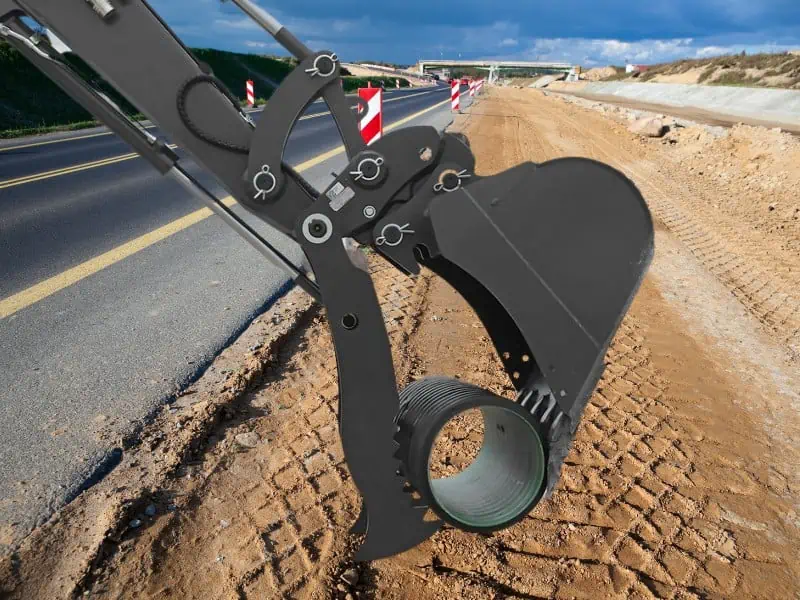
A hydraulic thumb is an attachment that can be added to a compact excavator. It is a hydraulically controlled extension that attaches to the end of the excavator’s arm and allows the operator to precisely pick up and manipulate objects. The thumb is controlled by a valve operated by the excavator operator.
The hydraulic thumb is typically used for tasks such as picking up rocks, logs, and other objects that are too large to be moved by the bucket alone. It is especially useful for jobs that require the operator to manipulate objects in tight spaces, such as removing trees or stumps from residential or commercial properties.
You can adjust The hydraulic thumb to fit various objects, making it a versatile attachment for compact excavators. It is also easy to install and remove, making it a convenient addition to any excavator.
Hydraulic Breaker
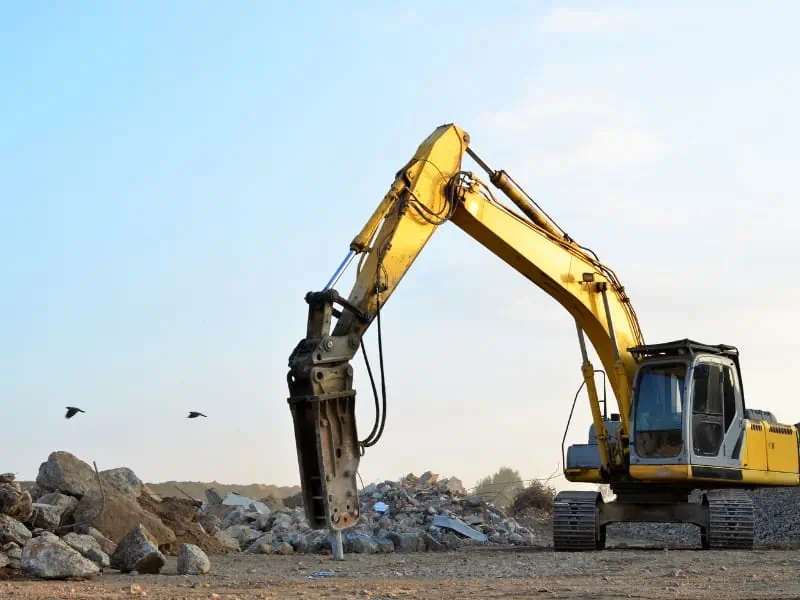
A hydraulic breaker, also known as a hydraulic hammer, is a powerful attachment that can be added to a compact excavator. It is used for breaking up hard surfaces, such as concrete, rock, and asphalt. A hydraulic breaker works by using a hydraulic piston to create a high-pressure force, which is transmitted to a chisel or point at the end of the breaker.
The chisel or point is then used to strike the broken surface, creating a powerful impact that breaks up the surface. Hydraulic breakers come in various sizes and types, from small handheld models to larger, heavy-duty models that require a larger excavator. They are used for demolition, construction, and excavation work, where there is a need to break up concrete or other hard surfaces.
One of the key advantages of a hydraulic breaker is its ability to quickly and efficiently break up hard surfaces, which can save significant time and effort compared to other methods, such as manual demolition.
They are also a more precise tool than other options, allowing for more targeted and controlled demolition work. It’s important that using a hydraulic breaker can be dangerous and requires proper training and safety precautions. It’s important to follow all safety guidelines and to only use a hydraulic breaker with an appropriately sized and compatible excavator.
Quick Coupler

A mini excavator quick coupler is an attachment that allows for fast and easy changing. It uses hydraulic power to connect and disconnect attachments without requiring the operator to leave the excavator’s cab or use manual tools.
The quick coupler consists of two main components a coupler attached to the excavator’s arm and an adapter attached to the attachment. The coupler and adapter are designed to lock together with a hydraulic connection, allowing the attachment to be quickly and easily secured.
The primary benefit of a quick coupler is that it saves time and increases productivity by reducing the amount of time and effort required to switch between different attachments. It also reduces the risk of injury to the operator, as there is no need to manually connect or disconnect attachments, which can be heavy and difficult to handle.
Several quick couplers are available, including manual, hydraulic, and fully automatic. The type of coupler needed depends on the job’s specific requirements and the size and weight of the attachments used.
Auger Attachment
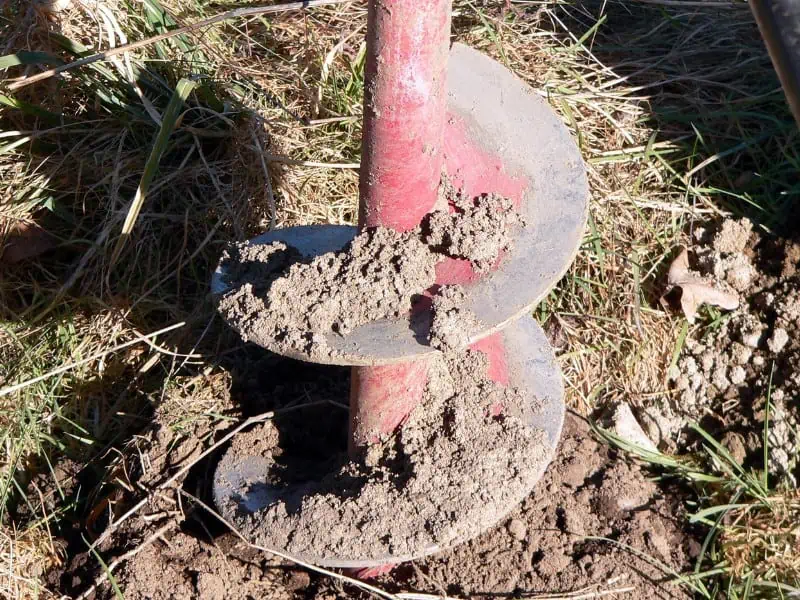
An auger attachment is a tool that can be added to a compact excavator to drill holes in the ground quickly and efficiently. It works by using a rotating drill bit to dig a hole in the soil. Auger attachments come in various sizes and shapes and are used for various applications, from fence and deck installation to foundation construction.
The auger attachment consists of a drill bit connected to a power source, usually the excavator’s hydraulic system. The drill bit can be equipped with various types of teeth, depending on the soil conditions and the hole size to be drilled.
The excavator operator uses the machine’s controls to rotate the drill bit and control its depth, allowing for precise and efficient hole drilling. Auger attachments are popular for excavating tasks because they can quickly and easily drill holes in various soil types, including hard and rocky ground. They can also drill deeper and narrower holes than traditional digging methods, which is important for installing fence posts or building foundations.
Tiltrotator
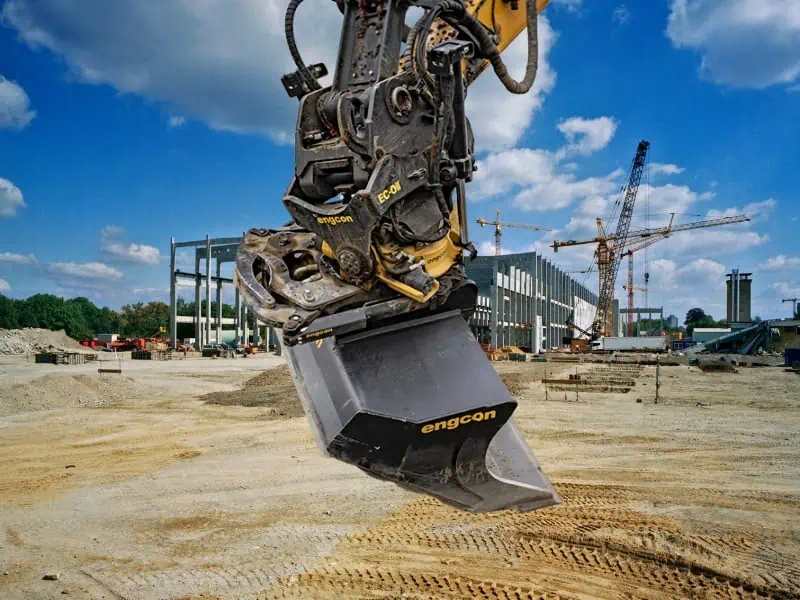
A tilt rotator is an advanced hydraulic attachment that can be added to a compact excavator. It combines the functions of a tilt attachment and a rotation attachment, allowing for more precise and efficient excavation and material handling. The tilt rotator works by using a hydraulic motor to rotate the attachment, allowing the operator to easily and quickly change the orientation of the tool.
It also features a tilting mechanism that can tilt the attachment up to 45 degrees in either direction. It allows the operator to achieve greater precision and flexibility when excavating, grading, and handling the material.
The tilt rotator can be equipped with various attachments, including buckets, grapples, and hydraulic hammers. The operator can easily and quickly change between attachments, saving time and increasing job site productivity.
One of the key advantages of a tiltrotator is its ability to provide greater control and precision when working in tight spaces or around obstacles. It can also help reduce the need for manual labor, allowing the operator to perform more tasks with greater efficiency and accuracy.
Plate Compactors
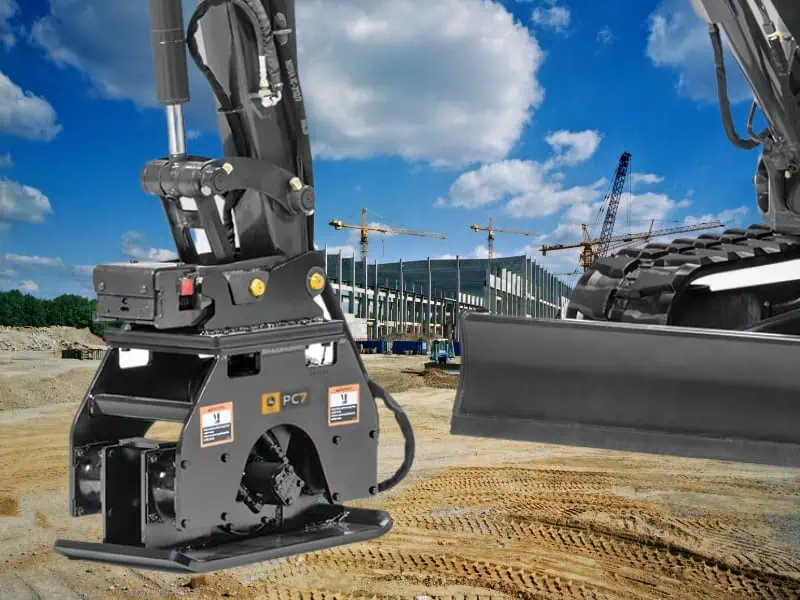
A plate compactor is an attachment that can be added to a compact excavator for compacting soil, gravel, and other materials. It is used to flatten and compress loose materials to create a more stable base for construction projects such as roads, buildings, and foundations. Plate compactors work by using a heavy plate powered by a hydraulic system.
The plate is placed on top of the material to be compacted and then vibrates rapidly to compress and level the material. The operator can control the speed and force of the vibrations using the excavator’s hydraulic system.
Plate compactors come in various sizes and types, ranging from small handheld models to larger, heavy-duty models that require a larger excavator. The size and type of plate compactor needed will depend on the specific requirements of the job, such as the type of material being compacted and the size of the area to be compacted.
Using a plate compactor can improve the stability and durability of construction projects by creating a more solid and level base. They can also help save time and reduce labor costs, as they can quickly and efficiently compress large material areas.
Grading Buckets

A grading bucket is an attachment that can be added to a compact excavator and is designed to level and grade surfaces such as soil, sand, and gravel. It features a flat bottom with beveled edges that allow precision leveling and a high back for carrying larger loads. Grading buckets come in various sizes and shapes and can be equipped with various types of teeth, depending on the soil conditions and the type of material being graded.
They are commonly used for landscaping, roadwork, and construction projects. The operator can use the excavator’s hydraulic system to manipulate the bucket, allowing for precise control and efficient grading. The operator can also adjust the angle of the bucket to achieve the desired slope or grade, making it easier to create a level surface.
The big advantage of a grading bucket is its ability to quickly and easily level and grade surfaces, which can save significant time and effort compared to manual methods. They can also help to create a more even and level surface, which is important for construction projects such as roadways, building foundations, and landscaping.
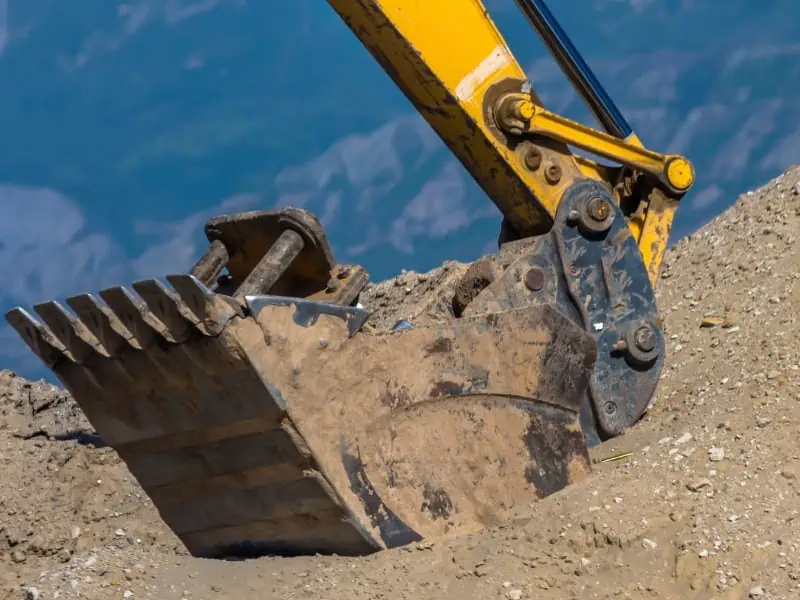
A heavy-duty bucket is an attachment that can be added to a compact excavator and is designed for heavy-duty excavation and material handling tasks. It typically features a reinforced structure, thicker steel construction, and a larger capacity than a standard bucket. Heavy-duty buckets come in various sizes and shapes.
Depending on the soil conditions and the material being excavated, they can be equipped with various teeth or cutting edges. They are commonly used in construction, mining, and demolition projects.
The reinforced structure and thicker steel construction of a heavy-duty bucket make it more durable and able to withstand the wear and tear of heavy use. The larger capacity also allows for the excavation and handling of larger loads, which can help increase job site productivity.
A heavy-duty bucket can handle more challenging excavation and material handling tasks, making it ideal for use in demanding environments such as mining or demolition sites. They can also help reduce the need for manual labor, as they can handle larger loads with greater efficiency.
Angle Tilt Bucket
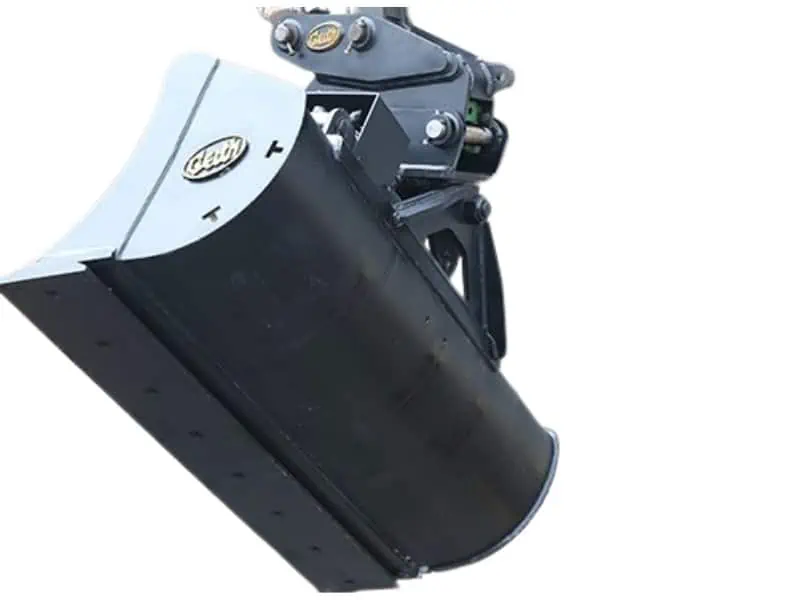
An angle tilt bucket is an attachment that can be added to a compact excavator and is designed for grading and digging tasks requiring high precision and control. It combines the features of a tilt bucket and an angle blade, allowing the operator to perform a wide range of tasks with greater efficiency and accuracy.
The angle tilt bucket features a flat bottom with beveled edges that allow precision leveling and a high back for carrying larger loads. It also can tilt up to 45 degrees in either direction and rotate up to 360 degrees, making it easier to achieve the desired angle and orientation for precise grading and digging.
The operator can use the excavator’s hydraulic system to manipulate the bucket, allowing for precise control and efficient grading. The operator can also adjust the angle of the bucket to achieve the desired slope or grade, making it easier to create a level surface or to dig trenches with the desired angle.
An angle tilt bucket can perform a wide range of tasks with greater precision and efficiency, saving significant time and effort compared to manual methods. It can also help to create a more even and level surface, which is important for construction projects such as roadways, building foundations, and landscaping.
Conclusión
In conclusion, compact excavator attachments can greatly enhance the capabilities and versatility of these machines, allowing them to perform a wide range of tasks with greater efficiency and precision. We are also selling attachments for compact excavators; if you want any awareness about them, you cancontáctanos. It’s important to follow all safety guidelines and to only use attachments with an appropriately sized and compatible excavator.
